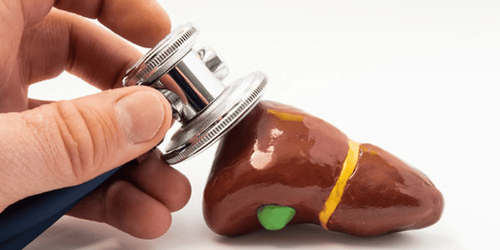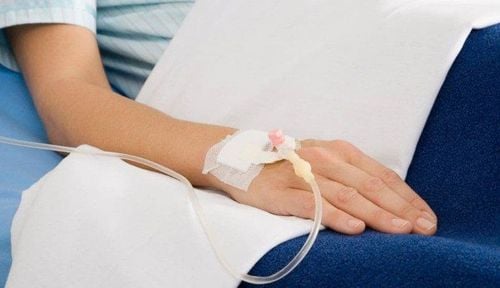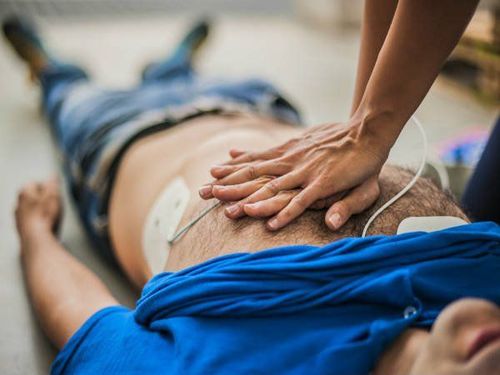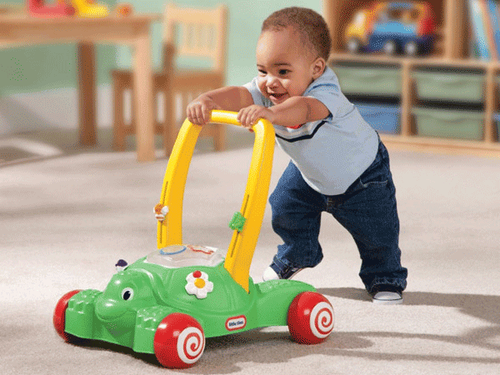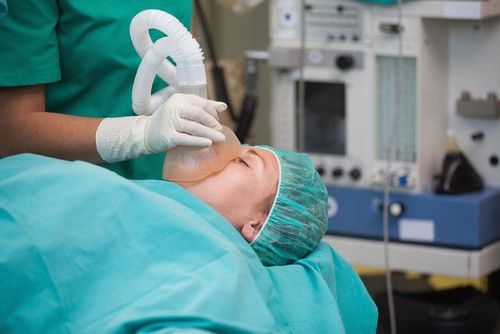This is an automatically translated article.
The article was written by Specialist Doctor I Trinh Ngoc Duy - Emergency Doctor, Emergency Department - Vinmec Times City International General Hospital.Cardiac arrest is a condition in which the heart suddenly stops beating, or the heart beats but does not effectively pump blood to the body. Circulatory arrest can occur in many different accident and disease situations...
1. Oxygen and our body
Oxygen is a gas in the air around us. It is odorless, colorless. The body needs oxygen to maintain life functions. The body takes in oxygen from the air through the airways; respiration and circulation. Airway - A (Airway)
A tube-like airway that allows oxygen to enter the lungs; The airways need to be clear for oxygen to get to the lungs; Breathing - B (Breathing)
When we breathe; oxygen enters the lungs; When we inhale, the lungs expand and oxygen enters; When we exhale, the lungs compress and expel the waste gases. Circulation – C (Circulation)
Blood transports oxygen from the lungs to all organs in the body; The heart is like a pump. The heart pumps oxygen-rich blood to the blood vessels. Blood vessels: blood is pumped to all parts of the body through a system of tubes called arteries and back to the heart through a system of tubes called veins.
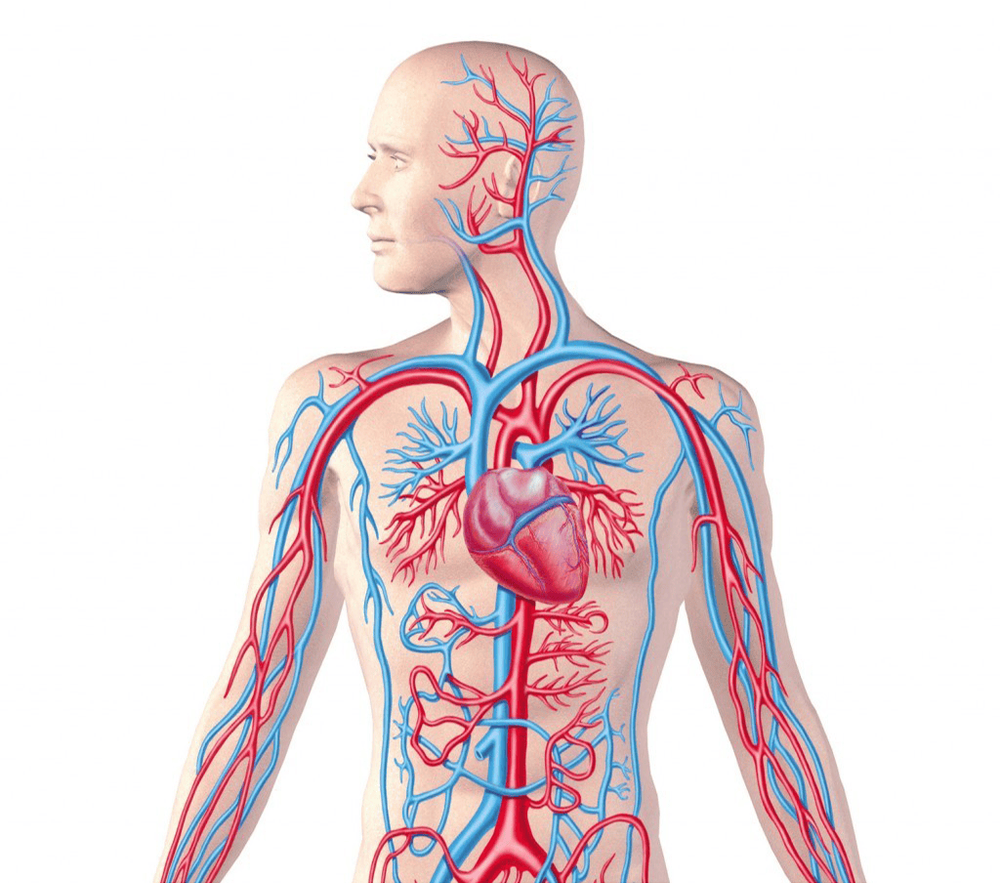
2. What is basic life support? Life support is basically a technique to maintain life by controlling the victim's airway, breathing, and circulation; help the victim continue to provide oxygen.
Airway (Airway): keep the nose, mouth and throat clear and unobstructed so that air can enter the lungs. Breathing: Keeps air flowing in and out of the lungs. Circulation: Keeps blood moving to the heart and throughout the body. Steps to check the airway and breathing: Verdict
Assess your surroundings to ensure safety. Assess the level of consciousness (answer, response) of the patient. Lightly touch or pat the patient's shoulder.
+ Call, ask “Are you okay?”
+ If responsive (sober), leave victim in original position, unless there is a serious problem.
+ If victim is in danger, move to a safe location.
+ Determine what happened and what help the victim needs.
+ Monitor the victim's condition until someone comes to help.
Ask for help
Call for help “Ambulance, first aid, first aid”
If the victim is unconscious (loss of consciousness), gently return the victim to a supine position; Take care to protect your head and neck.
Airway (A- Airway)
Open the airway using the head tilt and chin lift technique
One hand on the forehead: gently tilt the head One hand under the chin: gently lift the chin to open the airway Breathing (B. Breathing)
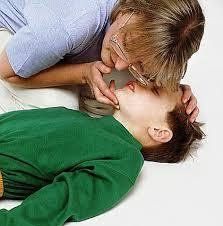
Comment: determine if the victim is still breathing Look: move up and down the chest Hear: breathing sounds from the patient's mouth and nose. Feel: breath into your cheek If victim is not awake but breathing, open airway, provide respiratory support, place victim on his side. Will help prevent choking if victim vomits. If airway is obstructed, airway should be cleared
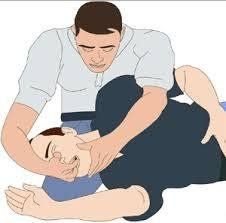
Check for foreign bodies in the mouth Clean the airways with your finger. 4.Continue to check breathing: Look, Hear and Feel.
5 . Watch until help arrives or you have transported the victim to a medical facility.
6.Continue to check for breathing by watching the chest rise and fall, using your hands to feel the breath coming from the victim's mouth and nose; and hear breathing.
Note: Circulation will be covered in CPR
Safe side position
If victim is unconscious, but airway is clear and breathing, return casualty safe side lying:
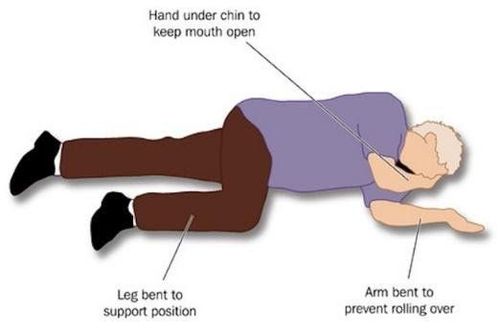
Bring one arm up and tilt outward, placing the other arm in front of your chest. Bend the opposite leg and knee close to the thigh and abdomen. Place your hand on the victim's hip and shoulder. Turn the casualty to lie on your side. Place the victim's other hand under the chin. Tilt your head back and keep the airway clear. While casualty is in a safe side-lying position, check breathing by Seeing, Hearing, Feeling.
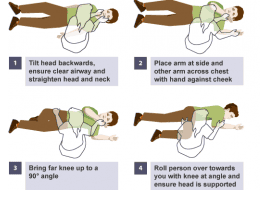
3. Cardiac arrest 3.1 Overview The information above provides detailed information on basic life support for comatose and breathing patients. However, first responders may experience cases of coma and NOT breathing, or cases of cardiac arrest.
What is circulatory arrest?
Cardiac arrest is the case when the heart suddenly stops beating, or the heart beats but does not effectively pump blood to the body. Circulatory arrest can occur in many different accident and disease situations..
Signs and symptoms of circulatory arrest:
Coma: call, pain stimulus unresponsive No breathing, or breathing very slow, yawning breathing No pulse palpable What is cardiac arrest (CPR)? Cardiac arrest (CPR) is a technique used to provide first aid for cases of circulatory arrest, with the aim of providing oxygen to the brain and vital organs of the victim before receiving medical care. intensive medical emergency intervention. Cardiac arrest includes 3 important techniques:
Open the airway: Remove the foreign body. Keep the nose, mouth, and airway in a position where air can easily enter the lungs by tilting the head, lifting the chin or pushing the jaw in cases of suspected cervical spine injury. Maintain breathing: keep air flowing into the lungs by mouth-to-mouth or mouth-to-mouth respiration. Maintain blood flow in the circulatory system: Keep blood pumped from the heart to the whole body, by compressing the heart outside the chest.
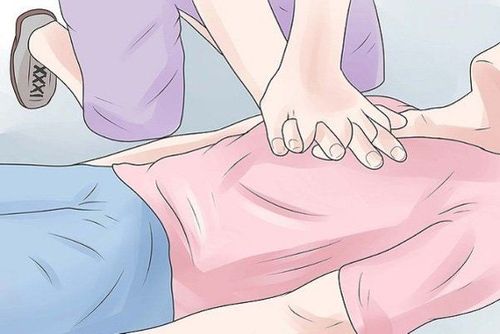
3.2 Basic CPR steps Assessment
Site assessment: make sure the scene is safe for yourself, the casualty, and others.
Assessment of damage. Quickly assess with the following steps:
How many people were injured? What is the victim's condition? Priority is given to cases with the following signs:
Not breathing Coma No palpable pulse Severe blood loss Next is the following cases:
Paralysis Bone and joint trauma Plan
Call for help
Start a plan first aid then
Proceed (as the illustration next to)
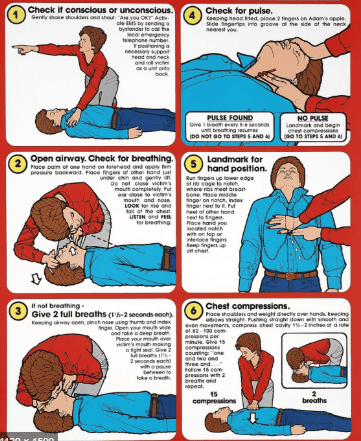
If comatose: gently bring nan to supine position.
Airway:
Open airway by tilting head, lifting chin Remove obstructing foreign body (if any) Respiration
Check patient is still breathing (10s time) If not breathing or weak: breathe mouth-to-mouth or mouth-to-nose respiration Circulation:
Check by palpation of the carotid artery in the victim's neck If no pulse is palpable, victim is comatose, not breathing: Perform chest compressions at a rate of approx. 100-120 times/minute. Use 2 overlapping hands to press. The site of chest compressions in adults is in the lower half of the sternum. Chest compressions to a depth of about 5 cm. Compression/breathing ratio: 30/2 (30 compressions, 2 breaths). It is necessary to conduct chest compressions continuously, to limit the interruption of chest compressions. Continue chest compressions and rescue breaths until medical help arrives or the victim has breathing and pulse again.
3.3 First aid for cardiac arrest in infants and young children Neonates = Children under 1 year of age Infants = From 1 year of age to the onset of puberty Perform chest compressions and CPR as adults; However, there are some differences as follows:
Compression is in the mid-sternal position and should be at a depth of 1/3 of thoracic thickness For infants, use 2 fingers for compressions For infants small, use 1 hand to press heart

Vinmec International General Hospital is one of the hospitals that not only ensures professional quality with a team of leading medical doctors, modern equipment and technology, but also stands out for its examination and consultation services. comprehensive and professional medical consultation and treatment; civilized, polite, safe and sterile medical examination and treatment space. Customers when choosing to perform tests here can be completely assured of the accuracy of test results.
Please dial HOTLINE for more information or register for an appointment HERE. Download MyVinmec app to make appointments faster and to manage your bookings easily.






